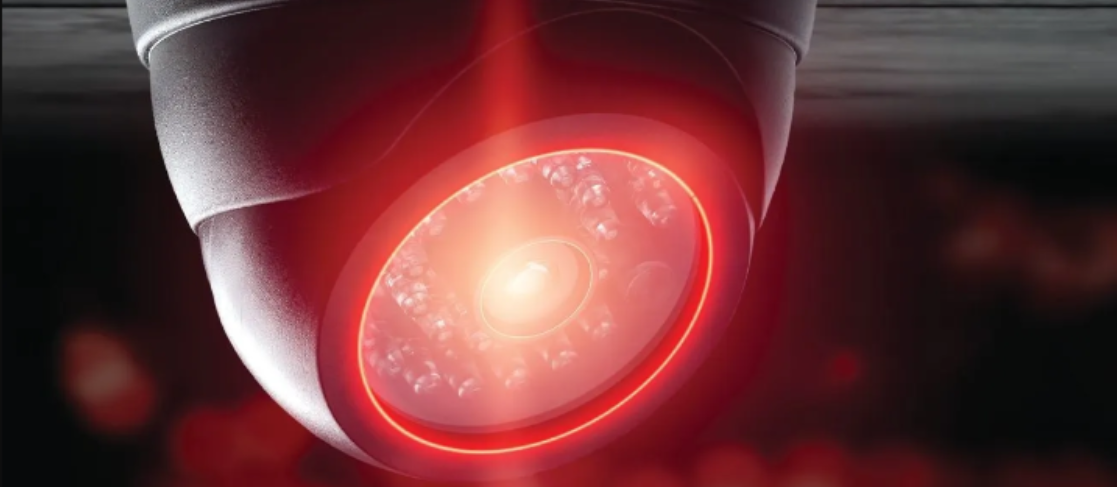Actively Proactive
7 strategies to improve IAQ

Ensuring optimal indoor air quality (IAQ) is vital for creating a healthy and comfortable atmosphere in a commercial office or residential apartment. Poor IAQ can cause structural damage and health issues, including respiratory ailments, headaches and allergic reactions. These concerns can affect occupants’ well-being, leading to unsafe building conditions and increased vacancies.
Facility managers play a pivotal role in preserving safe IAQ through various strategies, from routine cleaning and maintenance to proper ventilation and duct inspections.
Health impacts of inadequate IAQ
Poor IAQ has been linked to health problems, including asthma, bronchitis and pneumonia. Prolonged exposure to indoor air pollutants increases the risk of additional serious health problems, such as cancer, heart disease and respiratory disease. Exposure to indoor air pollutants can induce headaches and fatigue, as evidenced by a study in the International Journal of Environmental Research and Public Health. Allergic reactions are another consequence of poor indoor air quality. Mold exposure, for instance, can trigger allergies, resulting in symptoms like sneezing, itchy eyes and a runny nose. And as learned during the COVID-19 pandemic, proper ventilation is vital to minimizing the spread of viruses.
FM teams must be cognizant of these potential health effects and proactively work to maintain healthy IAQ for the well-being of building occupants.
The underlying causes
A variety of factors contribute to a building’s IAQ. Some are straightforward and fairly easy to remedy: behaviors such as poor cleaning practices, smoking and cooking without a vent or window can lead to smoke, dust, dirt and allergens accumulating and circulating in the air. Pesticides, cleaning products, paints and other building materials can emit volatile organic compounds and other harmful chemicals into the air. Certain furniture and upholsteries may release harmful substances, but these can be switched quickly and at relatively low expense with safer options.
Other factors are often more complicated, interrelated, and require more care and attention. Inadequate air ventilation leads to insufficient fresh air exchanges and allows pollutants and pathogens to build up. Improper and unmaintained air filtration systems allow airborne contaminants to spread freely. Pollutants from outdoor air sources, such as pollen, smoke and vehicle emissions, can enter buildings for occupants to breathe.
Many of these issues can be traced to one of the biggest infrastructures in a building: the HVAC system. Poorly maintained, malfunctioning and leaky HVAC systems contribute to poor ventilation, filtration and unfiltered outside air moving into buildings and further distributing contaminants.
Among these HVAC issues, leaky ductwork is the most pervasive. Not only does leaky ductwork let pathogens, mold spores, mildew, volatile organic compounds and dust circulate freely, but it also impairs the dilution of contaminated indoor air and the exhaust of that diluted air from the building. Because air escapes into ceilings and walls, room temperatures do not stay uniform. Systems must run longer to compensate, leading to additional environmental problems.
Structural impacts of poor IAQ
Insufficient ventilation can result in heightened humidity levels and condensation on various surfaces, such as windows, walls and ceilings. Prolonged exposure to elevated humidity creates an environment conducive to mold growth, which can manifest as unappealing patches and pose risks to the structural integrity of a building.
Poor air exchange rates also accelerate the deterioration of essential building materials like wood, drywall and insulation. Over time, this deterioration takes the form of rot, decay and corrosion, compromising the structural soundness of the building.
Addressing these issues requires substantial investments in repairs and renovations. The financial burden this can create further underscores the importance of preventive measures.
Energy efficiency & environmental consequences
Escalated energy consumption
Buildings suffering from inadequate ventilation often depend heavily on their heating and cooling systems to compensate for the lack of fresh air circulation. It is common for HVAC systems to run 20-50 percent more in buildings without proper air circulation. This reliance increases energy consumption, raising utility bills and greenhouse gas emissions.
Environmental impact
The energy-intensive practices from poor ventilation significantly contribute to greenhouse gas emissions, further aggravating the ongoing global climate crisis. Addressing inadequate ventilation preserves building integrity and is crucial in mitigating environmental impacts and fostering sustainable practices.
Seven strategies for improving IAQ
Strategies for sustaining proper IAQ include identifying pollutant sources and evaluating an HVAC system’s performance. Maintaining a proper exchange rate – exchanging indoor and outdoor air moving through a building – is paramount for protecting occupants and the building itself. Strategies for maintaining proper exchange include:
-
Inspect the building envelope
The building envelope is crucial for maintaining energy efficiency, preventing moisture intrusion, and ensuring indoor comfort and healthy air quality. Regularly inspect and evaluate the building envelope, encompassing the roof, walls and foundation. Routinely check for water leaks, any visible damp or moist areas, and seals around doors and windows. Clean and dry wet building materials within 24 to 48 hours to prevent mold growth.
If issues are found, there are several steps to take. For instance, weatherization strips, sealant or caulking could solve the issue if moisture or air comes in around a door or window. Spray foam or foam panel insulation, gaskets and seals around outlets and air ducts can improve IAQ.
-
Maintain balanced HVAC pressure
Balanced ventilation ensures a consistent and controlled exchange of indoor and outdoor air. This helps remove pollutants, allergens and stale air from the indoor environment, contributing to better indoor air quality. Well-functioning HVAC systems also filter and purify the air, reducing the risk of respiratory and other health problems.
-
Control temperature and humidity
Temperature and humidity control are critical IAQ components because they directly impact occupants’ comfort, health and well-being. High humidity can lead to mold growth, dust mites and other allergens. Mold can release spores and mycotoxins that, when inhaled, may cause respiratory problems and other health issues. Controlling the temperature and humidity can prevent the survival and transmission of airborne pathogens, including viruses and bacteria and can also inhibit the infestation of dust mites and other pests.
Several tools and technologies are available to ensure a building maintains recommended temperature and humidity levels. Humidifiers and dehumidifiers can be used on a system or room-by-room basis. Temperature and humidity sensors and smart thermostats can automate keeping a building in the ideal zone.
-
Monitor carbon dioxide
Carbon dioxide levels can provide an approximate indicator of ventilation effectiveness and help identify potential issues. In addition to traditional monitoring, more sophisticated options are now available to guarantee that carbon dioxide levels are appropriate in the building. Occupancy sensors can adjust ventilation rates based on the number of people in a given space. FMs can also integrate carbon dioxide monitoring into smart building automation systems. These systems can adjust ventilation rates based on real-time carbon dioxide levels, ensuring optimal IAQ while minimizing energy consumption, and accompanying mobile apps allow FMs to monitor the levels remotely.
-
Do regular building inspections and audits
Identify and mitigate potential sources of indoor pollutants such as chemicals, emissions from building materials and cleaning products. Assess the impact of building materials and furnishings on IAQ, including low-emission materials, and avoid using new building materials, furnishings and finishes that may release harmful substances over time. Consider the impact of occupant activities on IAQ, such as smoking and using certain appliances, and ensure that proper ventilation is available to mitigate these contributors to indoor air pollution.
-
Source control: Use safe products and renovation practices
During scheduled renovations, isolate these activities from the building's general dilution ventilation system when occupants are present to prevent disruptions and potential air quality issues. Do not use household products with harmful volatile organic compounds or contain them in unoccupied building areas.
-
Do regular HVAC system maintenance
Last, but perhaps most importantly, performing routine HVAC maintenance is crucial for ensuring good IAQ. Taking the basic steps of cleaning and/or changing air filters and inspecting and cleaning coils, fans, controls, switches and thermostats goes a long way toward ensuring one of the biggest factors of the building’s IAQ is working effectively.
Maintaining optimal IAQ is paramount for building management. Prioritizing IAQ is an investment in the well-being of building occupants, the longevity of structures and the sustainability of the environment. FMs and building owners must recognize the interconnectedness of IAQ with health, energy efficiency and environmental impact and take proactive steps.
Several strategies — from safer cleaning supplies to cleaning air filters to sophisticated technologies — offer simple and effective solutions to maintain IAQ By prioritizing and implementing effective practices, FMs and building owners can contribute significantly to creating safe buildings and healthy atmospheres for occupants.

Read more on Operations & Maintenance , Technology and Risk Management
Explore All FMJ Topics









